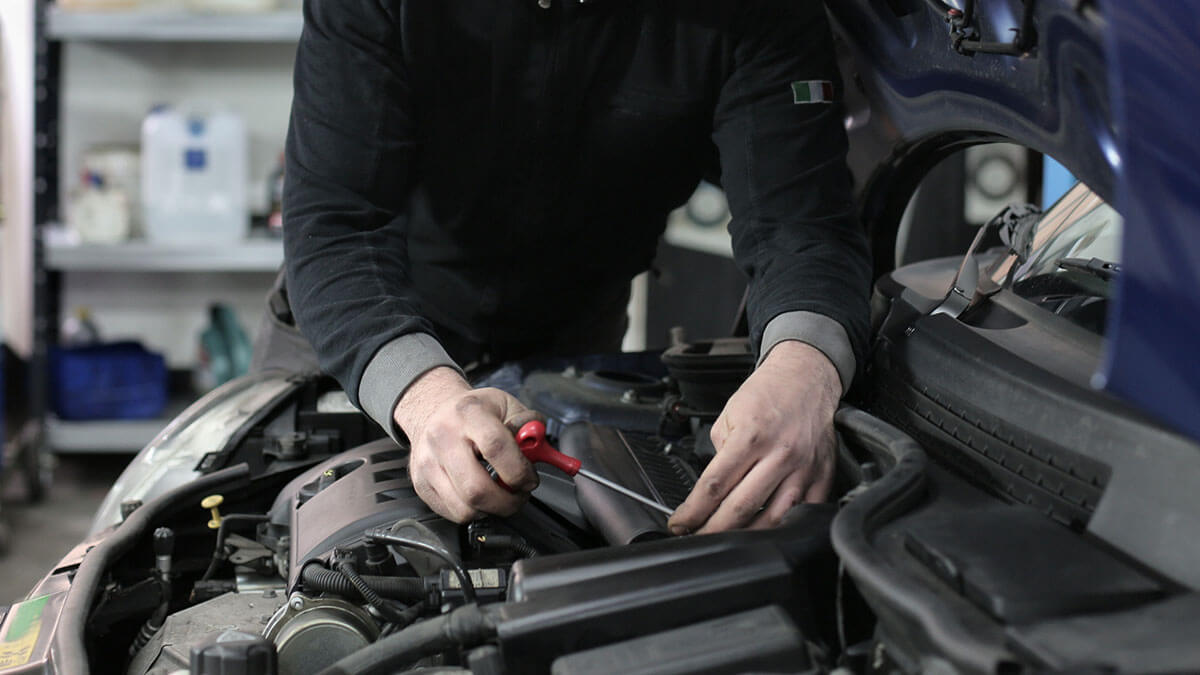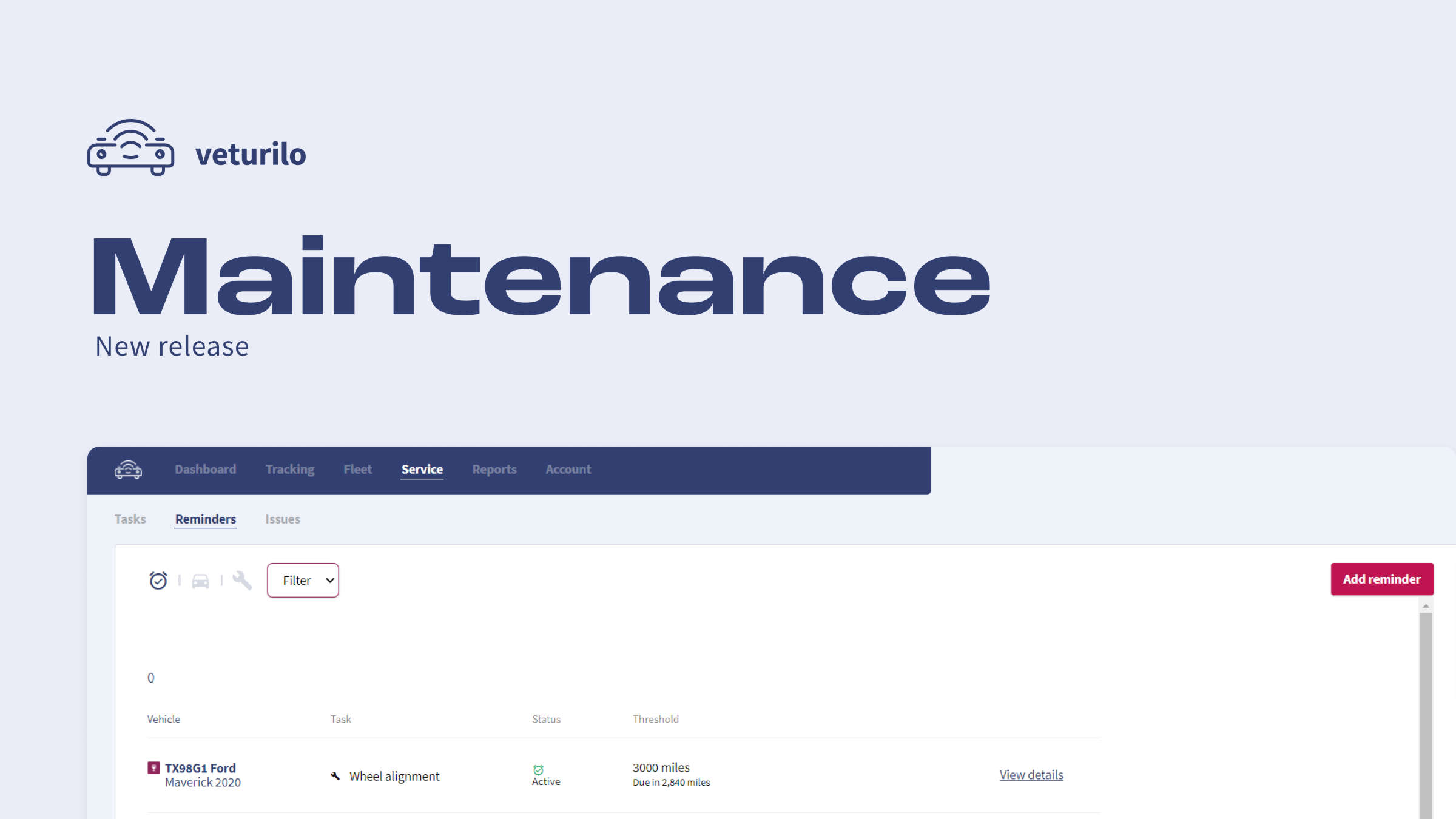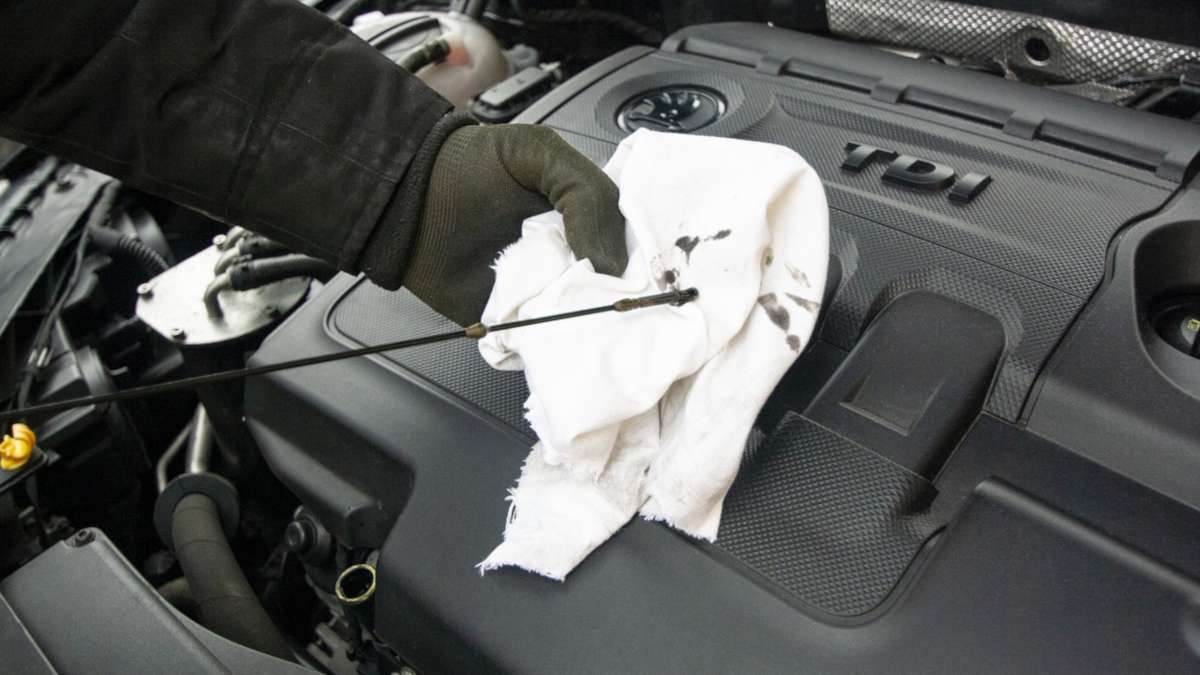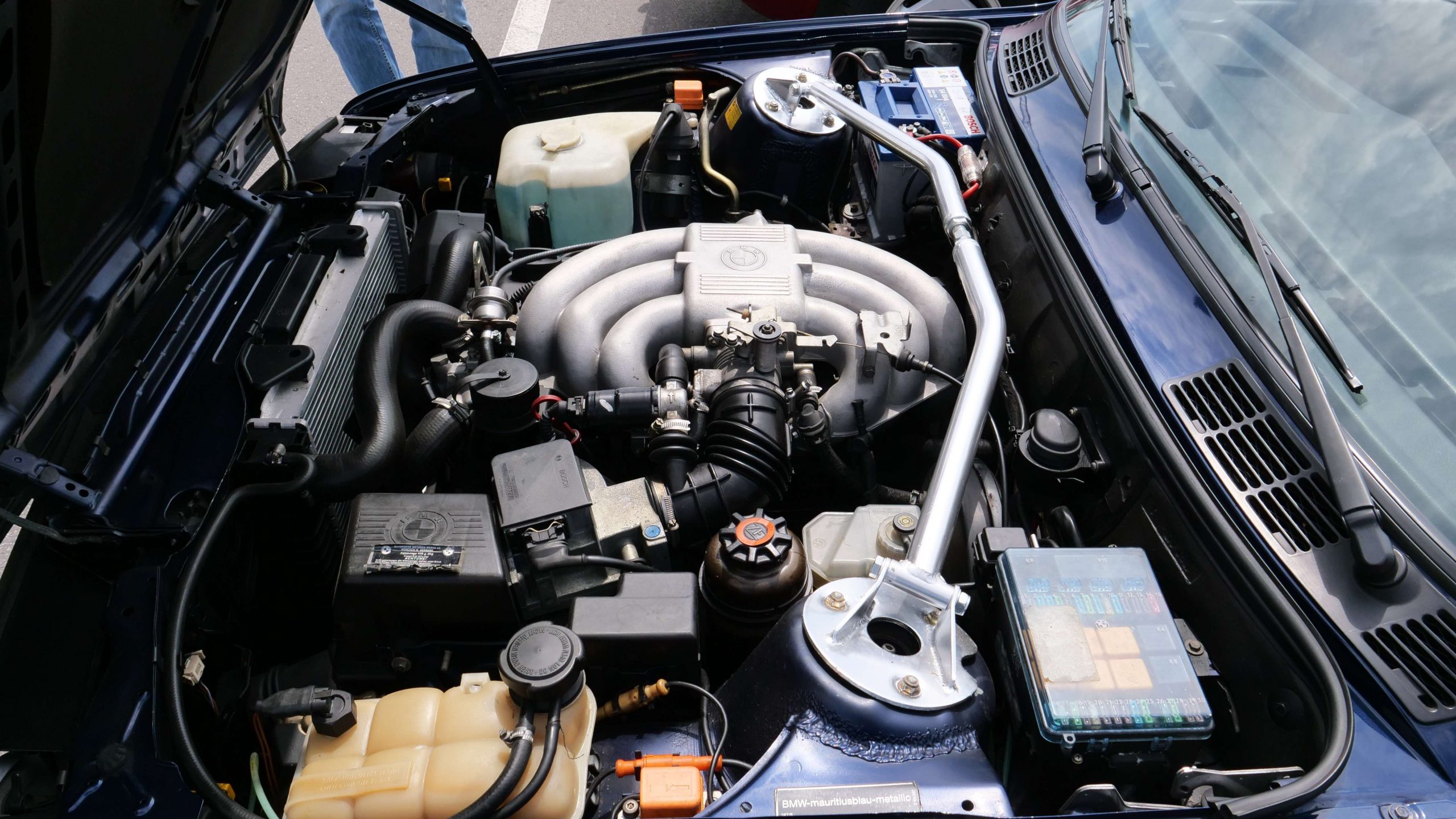
As a fleet manager, or a small to medium-sized business owner running and looking after a fleet of vehicles, one of your key priorities alongside safety should always be vehicle maintenance.
On the face of it, it’s a pretty obvious statement to make. But surprisingly there are a lot of businesses out there who neglect this crucial aspect. The results can be catastrophic, both in terms of letting down your customers. But also in terms of additional, unplanned costs, and even a risk to human life.
Thankfully, there are initiatives several from the CVSA’s Operation Safe Driver Week and Brake Safety Week. These act as annual reminders to fleet managers to stay on top of maintenance.
Because, make no mistake, if your business depends at any level on running a fleet, then maintaining it through proper vehicle maintenance is one of the most important things to focus on.
In this post, we’re going to hone in on why vehicle maintenance is important; and provide our quick guide on how to handle it.
Why vehicle maintenance is important
Because safety. Even if you don’t need us to tell you this, we still want to, anyway. That’s since ensuring that your fleet and drivers — and those they come into contact with — aren’t put at risk because of poor maintenance, is the least that you can do as a fleet manager.
More than that, however, there’s also a whole host of other reasons to stay ahead where your vehicle maintenance is concerned. Like these:
- Reduce downtime. A well maintained fleet usually means that your vehicles will spend more time on the road; and less in the auto repair shop.
- Control costs. Again, staying on top of maintenance, means that you can keep repair costs as low as possible. This entails keeping to regular service schedules, etc.
- Longer vehicle life-cycle. If your vehicles are well-maintained, you can bet your bottom dollar that they will have a longer shelf life. So, you won’t need to replace fleet vehicles as often as you would otherwise.
- Meet compliance regulations. As stated, safety is key, but there are also legal obligations that you need to adhere to. You will meet them easily with a well-maintained fleet.
- Keep your customers satisfied. By practicing effective vehicle maintenance management, you’ll have less potential delays or vehicle withdrawals from service. And that means happier customers getting products and services out, on time.
- Street cred. By ensuring your vehicles are in tip-top shape, inside and out, you will enhance your business and brand credibility and reputation.
A quick vehicle maintenance checklist
Obviously, vehicle maintenance can be an extensive subject. That’s, depending on the kind of vehicles you have, their age, whether you own them or rent them, and whether you outsource fleet maintenance, etc. But, irrespective of the variables that come with that aspect, there are some clear basic ‘rules’ to ensure your take care of business properly.
Have a scheduled program
First and foremost, it’s absolutely essential for any fleet manager to put in place a well-prepared, fully compliant fleet maintenance schedule. That is, regardless if you have your own auto repair shop, or prefer to outsource repairs. It should be based on things like mileage, time periods, engine hours, and/or fuel use. This can reduce downtime and save costs; since you’ll know well in advance which jobs need to be done, at what time. And have a cost allocation for each vehicle; based on mileage or other measures, such as engine hours or fuel use.
Adjust your program accordingly for older vehicles. As they rack up more mileage, they will need more frequent checks on things like oil, brake fluid, transmission, etc. The thing you want to avoid most is unscheduled downtime due to an asset failure. This can be very costly. Not just in terms of additional budget, but also in time, customer satisfaction, and business reputation.
Keep a vehicle maintenance log
A no-brainer but, of course, since this is a 101, it’s important to cover the basics that actually are sometimes left out. Keeping a detailed log of work carried out when your vehicles are serviced — or take a trip to the repair shop for unscheduled maintenance — is important. Why? Because you will know exactly what work has been done, and what aspects to check up on next time.
Use a vehicle management solution
The golden rule that ‘prevention is better than a cure’ has never been more relevant. Especially, when it comes to vehicle maintenance. And that’s why one of the key-steps you should take, as a fleet manager, is to use a vehicle management solution. With such a solution, you won’t only complete basic everyday tasks more efficiently, such as reducing idling time and tackling bad driver behavior, to mileage tracking. You will also be able to keep a really close eye on your vehicles through features like Diagnostic Trouble Code (DTC) alerts; perhaps, tackle issues before they arise or become serious. Veturilo, which is designed for small to medium-sized businesses, will dispatch a DTC alert for every possible issue the vehicle’s Electronic Control Unit (ECU) can detect.
Get the basics checked – every time
A list of some of the items that you want to check each time in the short-term, as part of any maintenance inspection — or scheduled service for your vehicles, should include the following:
- Tire pressure and tire rubber status
- Oil change and oil filter change
- Engine air filter
- Brake pads and brake fluid levels
- Transmission fluid levels
- Water and coolant levels
- Spark plugs
- Battery status
Beyond the basics
Although you should always consult the owner’s manual for each vehicle, the long term list of items you need to watch out for, or replace, are just as important. If you keep a close eye on them, you cannot go wrong. Some of those include:
- Changing tires (usually every 25,000 – 50,000 miles)
Or checking:
- Clutch and gearbox
- Water pump
- Status of the engine cylinders
- Suspension
The bottom line
The bottom line, both literally and figuratively, is all about prevention. By organizing your vehicle maintenance in a proper, systematic way, you can avoid costly unscheduled maintenance and repairs; while also making sure that your vehicles – and their fleet drivers – are safe out there on the roads.
So, be proactive and stay on top of maintenance. Most of our customer-base have told us that even with a small fleet of vehicles, it can be hard to stay ahead of the game, where upkeep is concerned.
So, why not get some extra help by selecting a vehicle management system which can also act as a vehicle diagnostic app? Contact us for more details on how to get started with the best-value vehicle management solution for small to medium-sized businesses.


